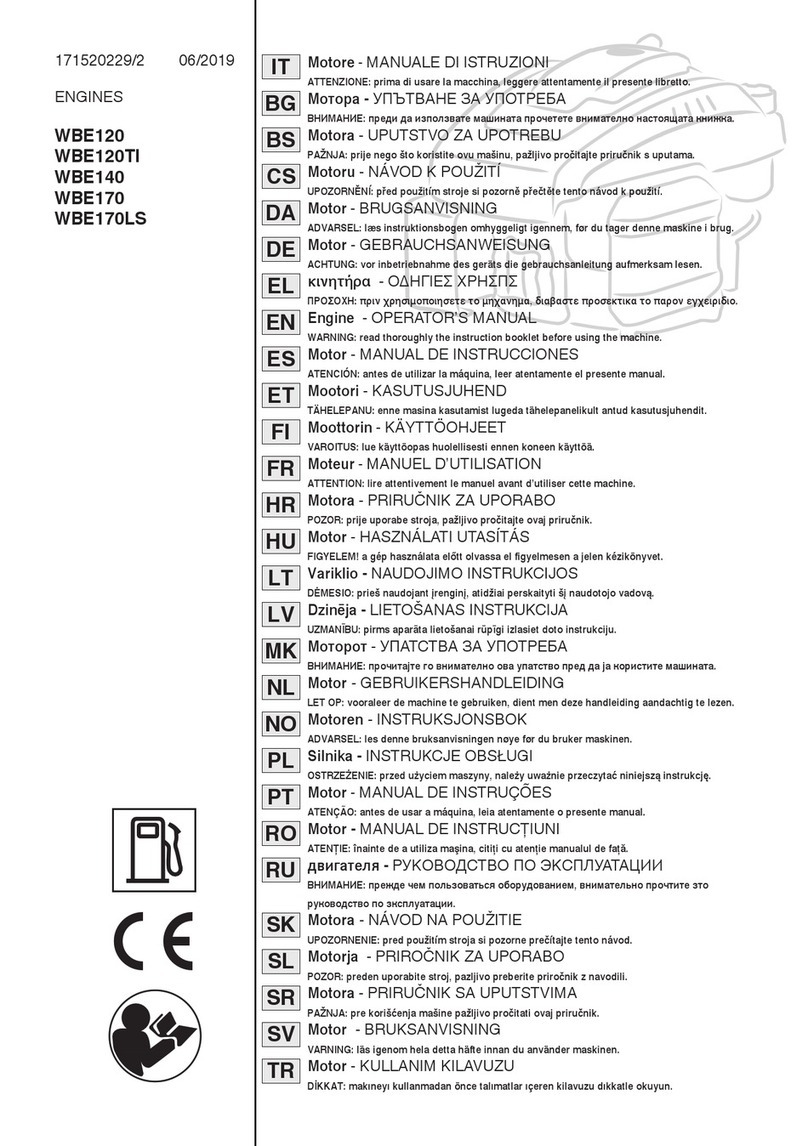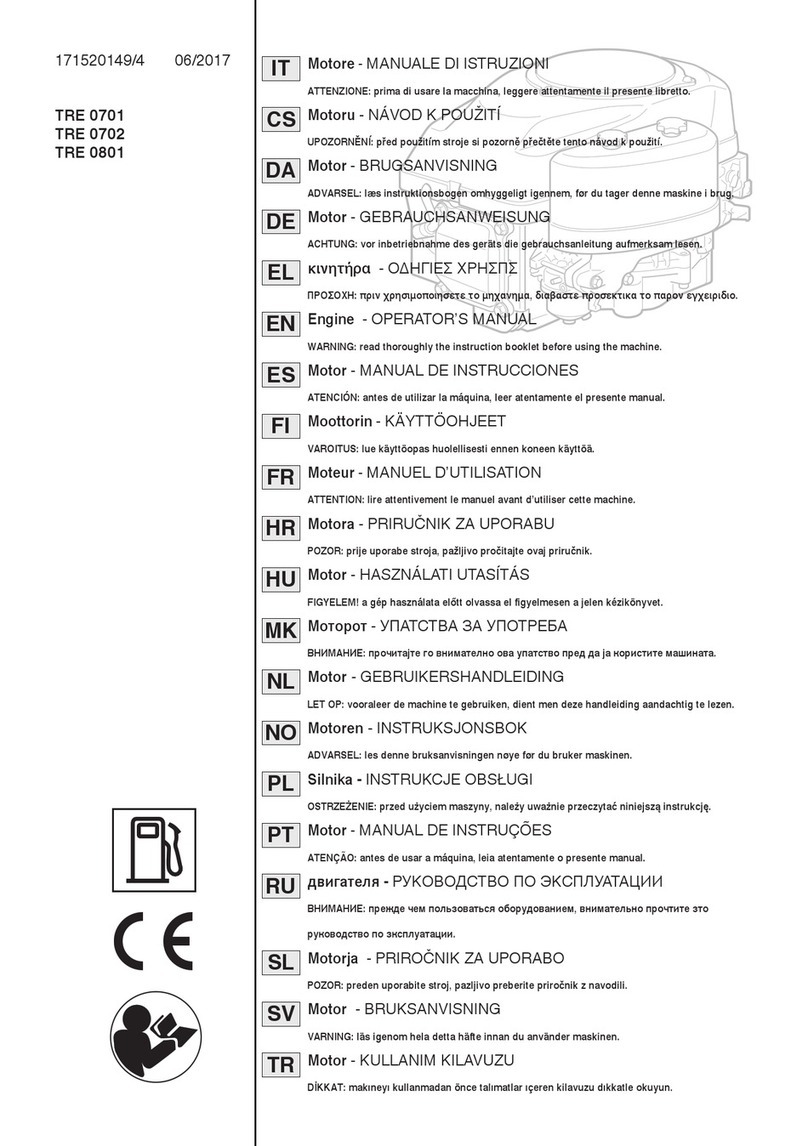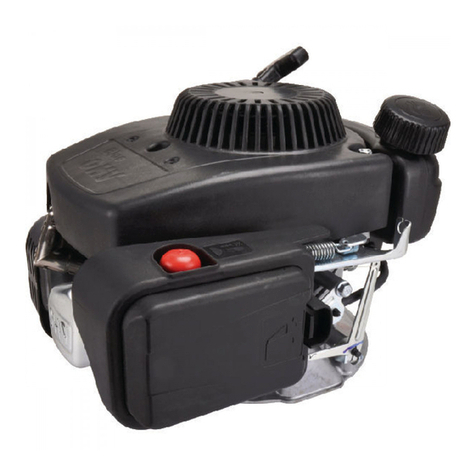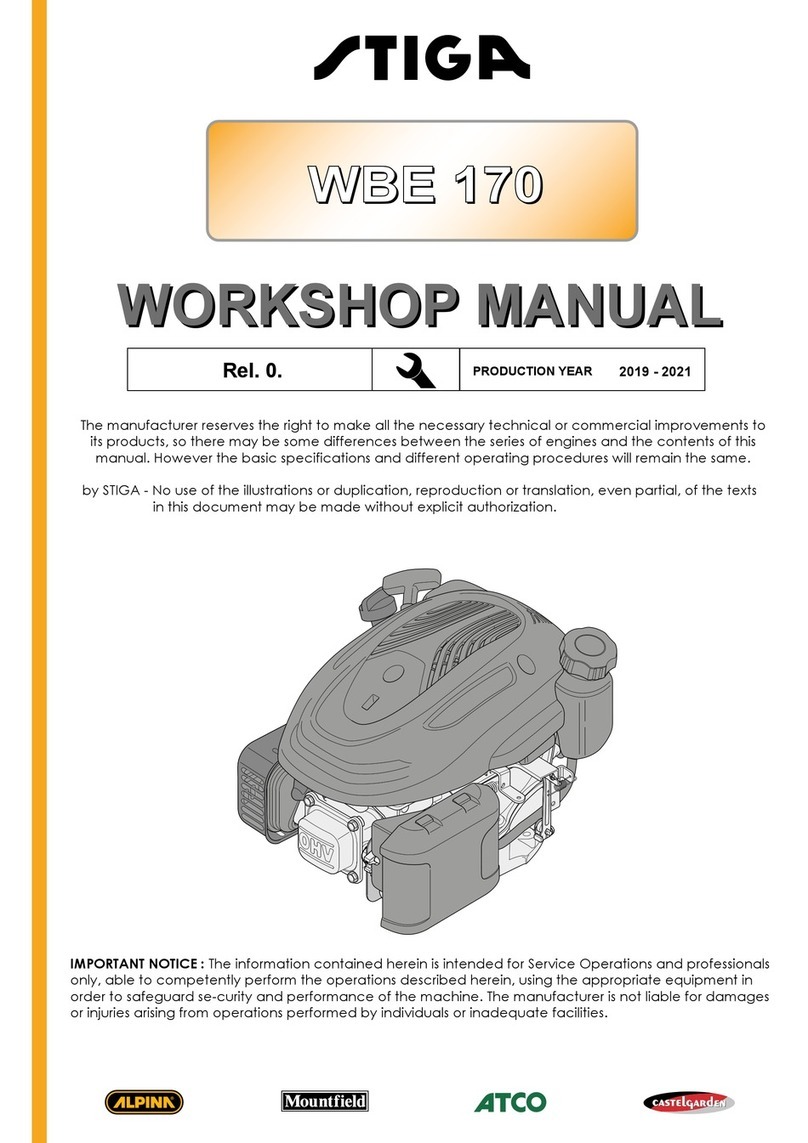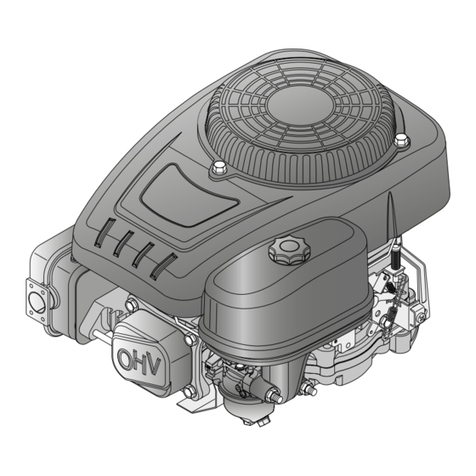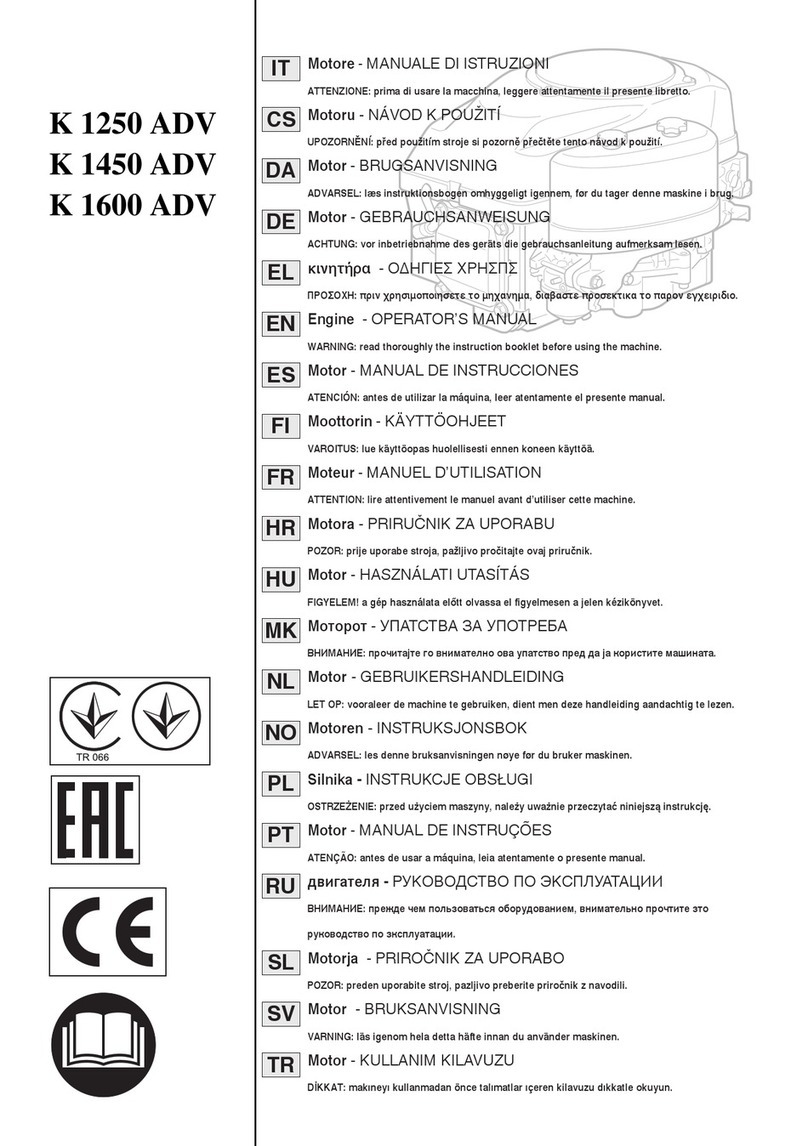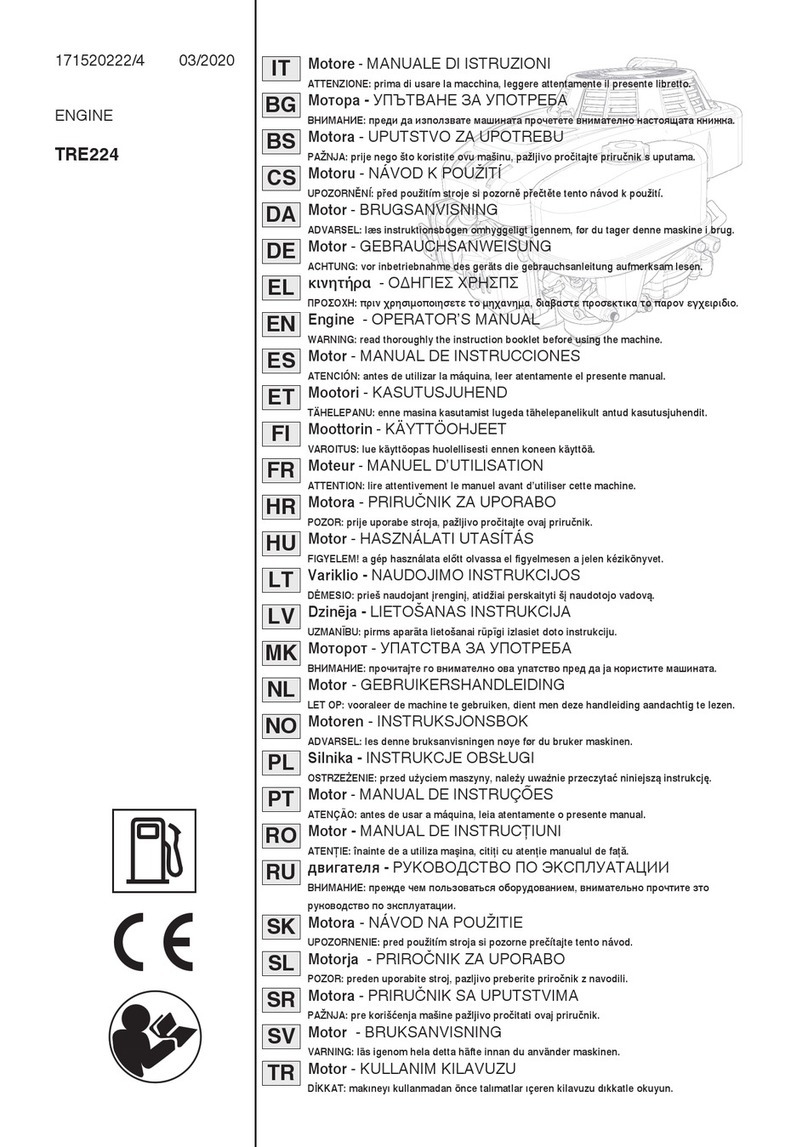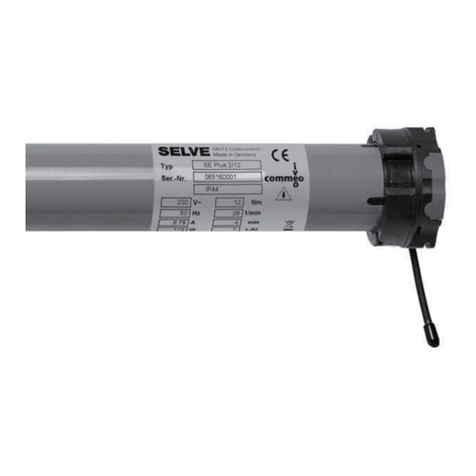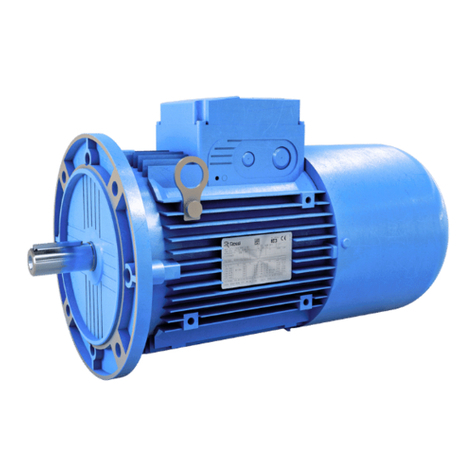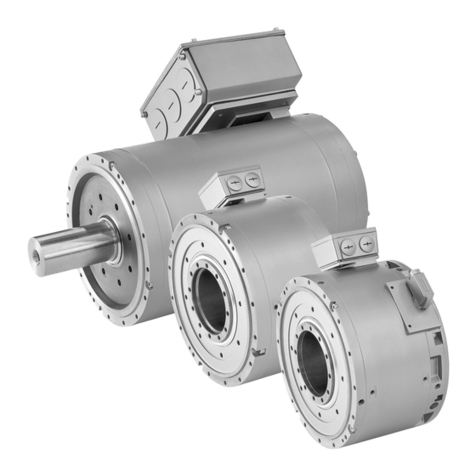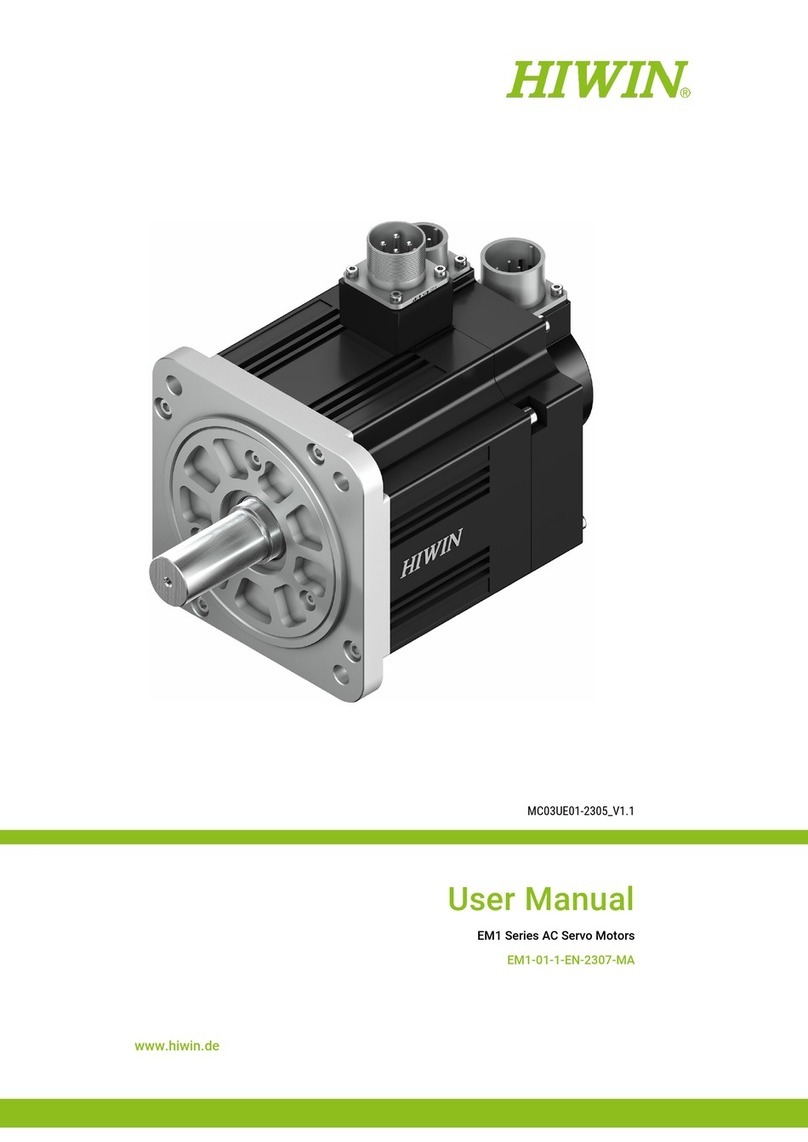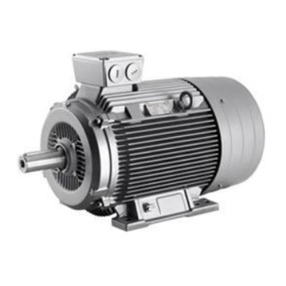
[1]
[2]
Üzemanyag (ólommentes
benzin)
[3]
Motorolaj
[4]
Üzemanyagtartály kapa-
citása
[5]
Olajteknő kapacitás
[6]
Gyertya
[7]
Elektródok közötti távolság
[8a]
CO
₂
[8b]
Ez a CO₂-érték a motor-
típust (motorcsaládot)
képviselő (alap)motoron,
rögzített vizsgálati ciklus
alatt, laboratóriumi körül-
mények között elvégzett
vizsgálatból származik,
és sem kifejezetten, sem
hallgatólagosan nem jelent
garanciát az adott motor
teljesítményére vonatko-
zóan.
[1]
[2]
Degalai (bešvinis benzinas)
[3]
Variklio alyvos
[4]
Degalų bako talpa
[5]
Dugninės talpa
[6]
Žvakės
[7]
Atstumas nuo elektrodų
[8a]
CO
₂
[8b]
Šie CO₂ matavimo re-
zultatai gauti atliekant
nustatytą bandymų ciklą
laboratorinėmis sąlygomis
su (pirminiu) varikliu, atitin-
kančiu variklių tipą (variklių
šeimą), ir jie neužtikrina ir
negarantuoja konkretaus
variklio eksploatacinių cha-
rakteristikų.
[1]
[2]
Degviela (benzīns bez
svina)
[3]
Motoreļļa
[4]
Degvielas tvertnes tilpums
[5]
Kausa saturs
[6]
Svece
[7]
Attālums starp elektrodiem
[8a]
CO
₂
[8b]
Šis CO₂ mērījumu
rezultāts iegūts, testējot
motora tipu (motoru sai-
mi) pārstāvošo (cilmes)
motoru ksētā testa ciklā
laboratorijas apstākļos, un
nedrīkst netieši norādīt vai
izteikt jebkādu garantijas
izpildījumu attiecībā uz
konkrēto motoru.
[1]
[2] Гориво (безоловен бензин)
[3] Моторно масло
[4] Капацитет на резервоарот
за гориво
[5] Капацитет на резервоарот
за масло
[6] Свеќичка
[7] Растојание помеѓу
електродите
[8a]
CO
₂
[8b] Ова мерење на CO₂ е
резултат на тестирање
преку фиксен циклусен
тест во лабораториски
услови на (матичен) мотор
кој е претставен на типот
на моторот (фамилијата
на моторот) и не треба
да имплицира ниту да
изразува каква било
гаранција за изведбата на
одреден мотор.
[1]
VENS
[2] Brandstof (loodvrije benzine)
[3]
Motorolie
[4] Vermogen brandstofreservoir
[5]
Inhoud van de carter
[6]
Bougie
[7]
Afstand tussen de elek-
troden
[8a]
CO
₂
[8b]
Deze meetresultaten voor
CO₂ betreen metingen vol-
gens een vaste testcyclus
onder laboratoriumomstan-
digheden, gedaan op een
(basis)motor die represen-
tatief is voor het betrokken
motortype (de betrokken
motorfamilie); zij impliceren
of vormen geen enkele ga-
rantie voor de prestaties van
een bepaalde motor.
[1]
[2] Drivsto (blyfri bensin)
[3]
Motorolje
[4] Drivstotankens kapasitet
[5]
Beholderens volum
[6]
Tennplugg
[7]
Avstand mellom elektro-
dene
[8a]
CO
₂
[8b]
Dette er verdien for måling
av CO₂ resultat av en fast
testsyklus utført under
forhold som på laboratorium
av en motor (overordnet)
representativ for motort-
ypen (av motorfamilien) og
innebærer ingen implisitt
eller eksplisitt garanti eller
prestasjonene til en gitt
motor.
[1]
[2] Paliwo (benzyna
bezołowiowa)
[3]
Olej silnikowy
[4] Pojemność zbiornika paliwa
[5]
Pojemność miski olejowej
[6]
Świeca
[7]
Odległość między elektro-
dami
[8a]
CO
₂
[8b]
Podany wynik pomiaru
CO₂ pochodzi z badania
przeprowadzonego na
silniku (macierzystym) bę-
dącym przedstawicielem
typu (rodziny) silników w
czasie stałego cyklu bada-
nia w warunkach labora-
toryjnych i pomiar ten nie
oznacza ani nie stanowi
żadnej gwarancji osiągów
danego silnika.
[1]
[2]
Combustível (gasolina sem
chumbo)
[3]
Óleo do motor
[4] Capacidade do tanque de
combustível
[5]
Conteúdo da taça
[6]
Vela de ignição
[7]
Distância entre os elétro-
dos
[8a]
CO
₂
[8b]
A presente medição de
CO₂ resulta do ensaio,
durante um ciclo de en-
saio xo em condições
de laboratório, realizado
com um motor (precursor)
representativo do tipo de
motor (família de motores)
e não implica nem expres-
sa qualquer garantia do
desempenho de um motor
especíco.
[1]
[2]
Combustibil (benzină fără
plumb)
[3]
Ulei de motor
[4]
Conținutul cupei
[5]
Capacitatea rezervorului de
carburant
[6]
Bujie
[7]
Distanța dintre electrozi
[8a]
CO
₂
[8b]
Aceste rezultate ale măsu-
rărilor emisiilor de CO₂ au
fost obținute în urma încer-
cării pe durata unui ciclu de
încercare x în condiții de
laborator a unui motor re-
prezentativ pentru tipul de
motor (familie de motoare)
și nu sugerează și nici nu
exprimă o garanție privind
performanța unui anumit
motor.
